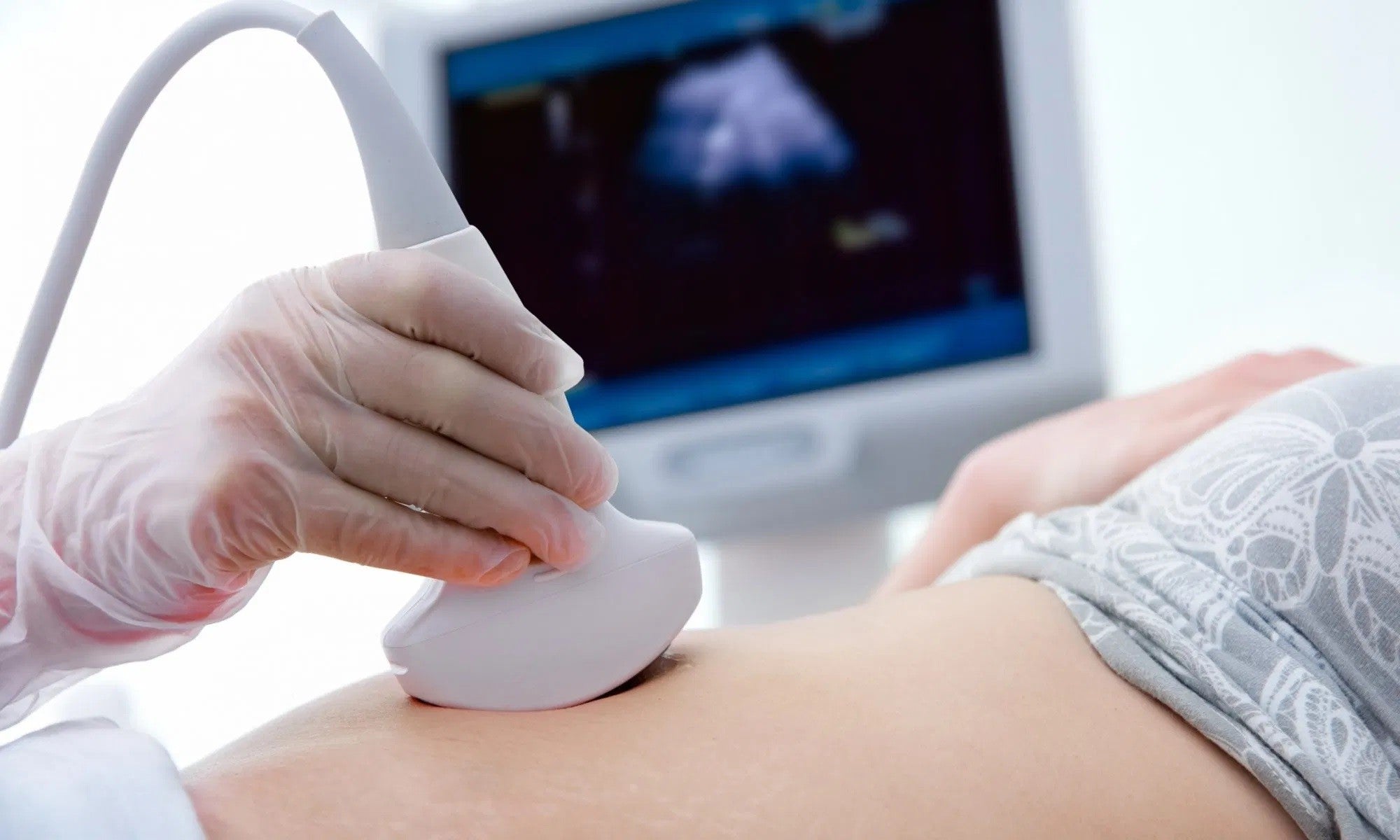First Pregnancy Ultrasound: What You Need to Know, How Many Weeks to Do and What Can You See?
First ultrasound in pregnancy
After the positive pregnancy test, the second strong emotion for a mother and the most important first exam is the first ultrasound. Everyone knows that it is important to be under control during pregnancy, but is it clear to everyone why the first ultrasound scan is performed during pregnancy and when should it be done?
How many weeks should the first ultrasound be performed?
The temptation would be to do it as soon as you discover the pregnancy, but it would be useless. This is because the baby would be so small that it could not even be visible. You start to see a tiny dot around 7 weeks (that's 7 weeks after your last period, which is about a month and a half). The ideal time, however, is around the 10th - 11th week, when the baby is old enough to be able to show us the heart and the fetal appendages (which are the placenta and the amniotic sac in which the fetus will grow) and check that they are placed in the their final position.
How is it done?
If we think of the word ultrasound, we immediately think of a probe on the stomach with a lot of gel. In this case it will not be so. In fact it is preferred to use the internal or transvaginal probe (the abbreviation that you can find written is T / V). The reason is very simple: the uterus is not yet big enough to pop out above your pubic bone, so until this happens it is very difficult indeed, almost impossible for anything to be seen. But you can rest assured it is not painful and it is not even dangerous for the baby.
The diagnostic method is based on instruments that produce ultrasound, that is, sound waves that are not audible to the human ear, the echo of which is collected by probes and displayed on a screen. It is important to emphasize that ultrasound is an absolutely painless and totally harmless examination. It is worth remembering because sometimes press reports denounce "damage" from ultrasound and such news are regularly denied by authoritative study centers around the world and by the statistics collected to date.
What do you see from the first ultrasound?
It is called a dating ultrasound, i.e. its main purpose is to tell us the gestational age of the baby, when it was conceived and when it will consequently be born, after about 40 weeks. On these date counts I would like to say two more words, you must not think that our body is a clock, also because the presumed date of birth is established through a mathematical formula that has the possibility of making small errors. This is because the day of birth is calculated based on the measurement of the length of the baby, just one millimeter more or less and the date also changes by 3-4 days. It is for this reason that it is called the "estimated date of delivery".
The important parameters that the first ultrasound evaluates:
• First of all, that the baby's heart is beating and with a correct rhythm.
• The volume of the amniotic fluid in which the baby is immersed is also measured: it is a very important indicator of his well-being and will be monitored throughout the pregnancy.
• And finally it is observed where the placenta is positioned inside the uterus. Its position could influence the type of birth (if it forms a sort of plug, for example, it will not be possible to give birth via the vaginal route) and allow the gynecologist to plan correctly all the assistance to the pregnancy.
First ultrasound in pregnancy, prognosis
The first ultrasound is generally performed around the ninth, tenth week and essentially serves to assess whether the placenta and embryo are well implanted, whether it is a multiple pregnancy, whether there is cardiac activity. In case of anomalies, the gynecologist will suggest the most suitable behavior: for example a little rest or progesterone to favor embryonic implantation and correct placental development.






Leave a comment